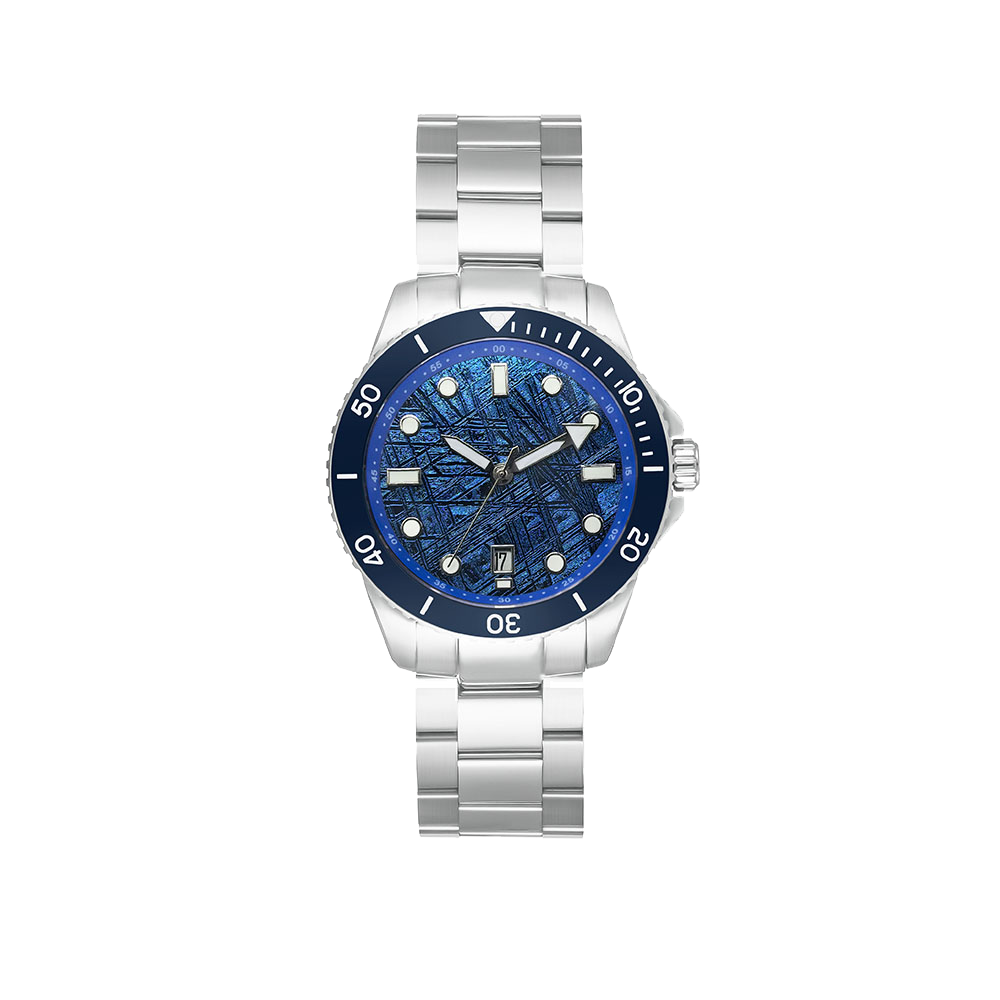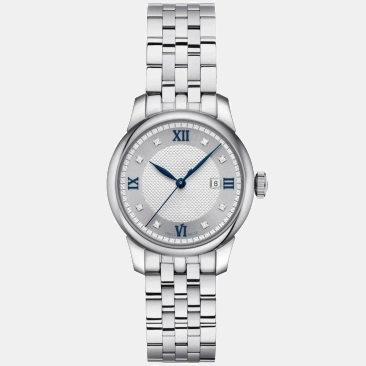Comparative Analysis: Screw-In vs. Screwed Caseback
Time:
2025-06-13 16:59
Source:
In the world of fine watchmaking, the choice between screw-in and screwed casebacks often comes down to a balance of functional requirements, aesthetic preferences, and the specific needs of the wearer. This section compares these two types of casebacks, highlighting their distinct advantages and ideal use cases.
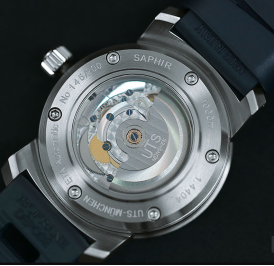
Water Resistance and Durability
Screw-In Casebacks for Superior Water Resistance
Ideal for Dive Watches: Screw-in casebacks, with their ability to withstand high pressure and provide a robust seal, are typically the go-to choice for dive watches and other timepieces designed for water-intensive activities.
Depth Ratings: For example, the Omega Planet Ocean, with its screw-in caseback, can endure depths up to 600 meters, making it suitable for professional diving.
Screwed Casebacks for Occasional Water Exposure
Adequate for Everyday Use: While screwed casebacks can offer a reasonable degree of water resistance, they are generally more suited to watches that are exposed to water occasionally rather than continuously.
Typical Water Resistance: Luxury watches with screwed casebacks, like certain models from Jaeger-LeCoultre, often have water resistance sufficient for daily wear, including exposure to rain or brief submersion.
Aesthetics and Craftsmanship
Screwed Casebacks for Design Flexibility
Exhibition Windows and Engravings: The design of screwed casebacks allows for greater aesthetic customization. They can accommodate see-through casebacks that showcase the movement, as well as intricate engravings or other decorative elements.
Luxury Appeal: This feature is particularly appealing in the luxury watch market, where the visual presentation of the watch is as important as its functionality.
Screw-In Casebacks for a Streamlined Look
Sleek and Functional Design: Screw-in casebacks offer a more streamlined and uniform appearance. They are often preferred in watches where a sleek, unobtrusive design is desirable.
Subtle Branding: Many high-performance sports watches with screw-in casebacks feature minimal branding or design elements on the caseback, focusing instead on functionality.
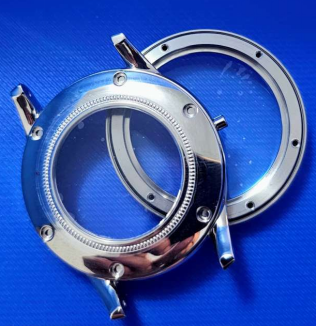
Screwed Caseback
User Considerations and Preferences
Professional vs. Personal Use
Diver’s Choice: Professional divers or individuals engaged in water sports might lean towards watches with screw-in casebacks due to their superior water resistance and durability.
Collector’s Preference: Watch collectors or those seeking a luxury timepiece for regular wear might prefer screwed casebacks for their aesthetic qualities and the craftsmanship they represent.
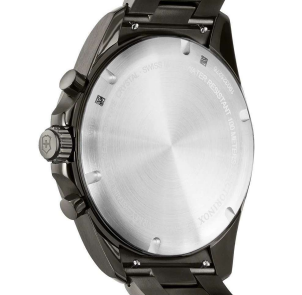
Screw-in Caseback
Maintenance and Accessibility
Ease of Servicing: Screwed casebacks are generally easier to open for servicing, which can be a consideration for watches that require regular maintenance or have complicated movements.
Sealing Integrity Over Time: Screw-in casebacks might need professional servicing to ensure the integrity of the seal, especially after battery changes or internal repairs.
All in All
This comparative analysis highlights that the choice between screw-in and screwed casebacks is influenced by a range of factors, from the intended use of the watch to personal preferences in aesthetics and functionality. Each type has its distinct advantages, making them suitable for different kinds of watches and wearers.
If you would like to discuss or learn more about watches and related information, please follow us at Shenzhen Proact Watch.
Previous page
Previous page
About Proact Watch
LATEST NEWS & BLOGS
MOBILE/WHATSAPP:
E-MAIL:
ADDRESS:
-
Second Floor, Building C, Huawan Industrial Park, No. 4159 Baoan Avenue, Xixiang, Shenzhen, Guangdong, China
Copyright © 2023 Shenzhen Proact Watch Co., Ltd.
-
Powered by www.300.cn
Cookie
Our website uses cookies and similar technologies to personalize the advertising shown to you and to help you get the best experience on our website. For more information, see our Privacy & Cookie Policy
Cookie
Our website uses cookies and similar technologies to personalize the advertising shown to you and to help you get the best experience on our website. For more information, see our Privacy & Cookie Policy
These cookies are necessary for basic functions such as payment. Standard cookies cannot be turned off and do not store any of your information.
These cookies collect information, such as how many people are using our site or which pages are popular, to help us improve the customer experience. Turning these cookies off will mean we can't collect information to improve your experience.
These cookies enable the website to provide enhanced functionality and personalization. They may be set by us or by third-party providers whose services we have added to our pages. If you do not allow these cookies, some or all of these services may not function properly.
These cookies help us understand what you are interested in so that we can show you relevant advertising on other websites. Turning these cookies off will mean we are unable to show you any personalized advertising.
SAF Coolest v1.3.1.2 设置面板 EMTSX-AHYQ-WSAEE-ZVZ
无数据提示
Sorry,The current column is being updated, please stay tuned!
You can view other sections or go back HOME


